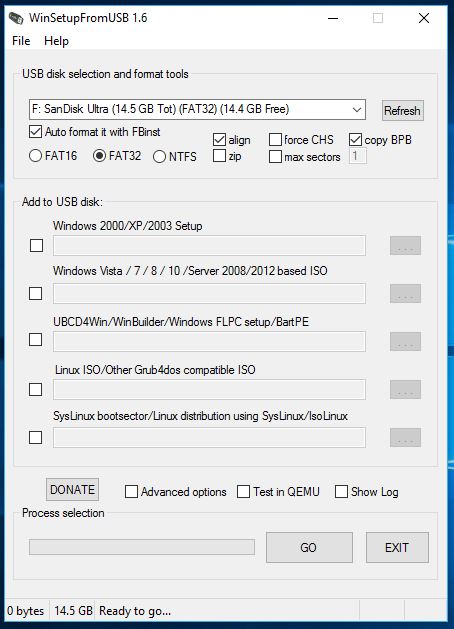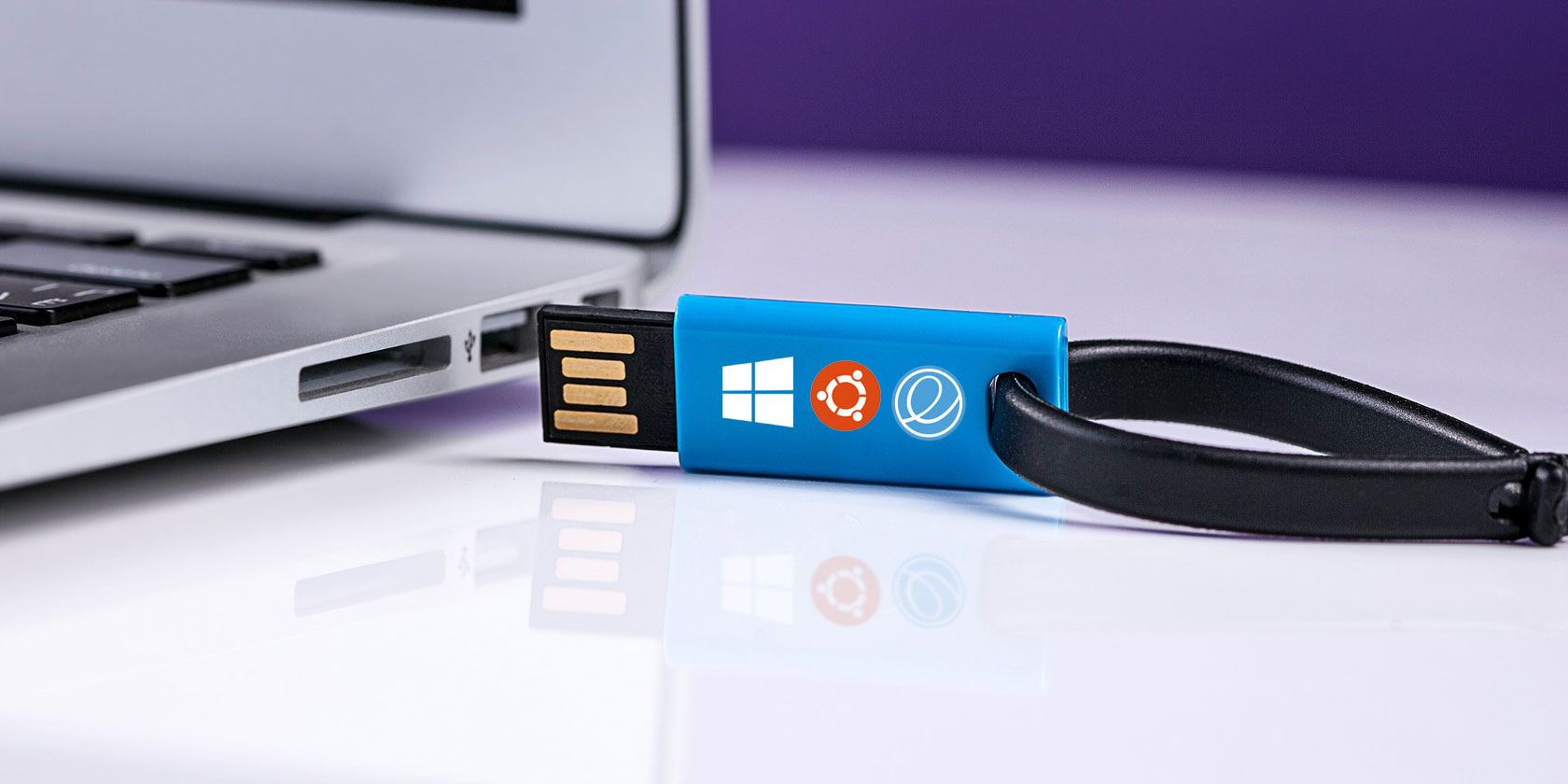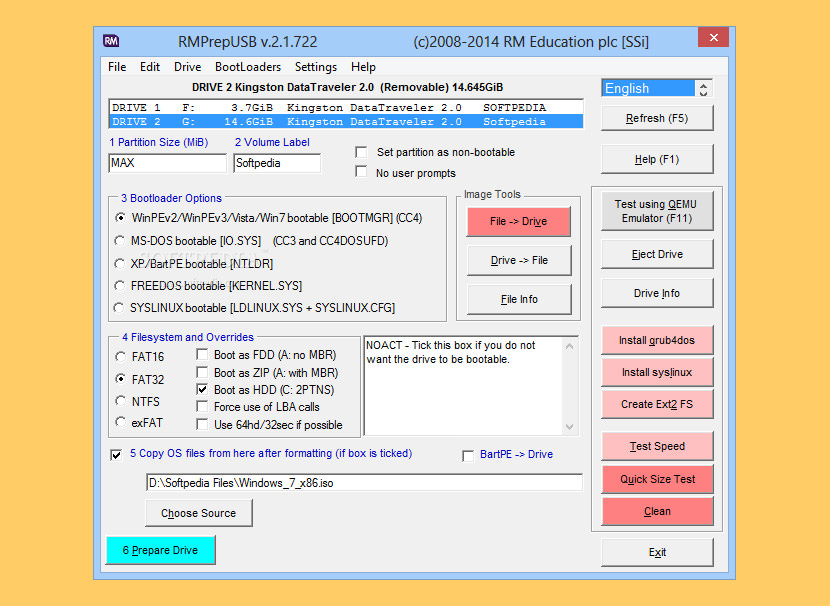
Once you’ve selected a distro from the list, you will need to navigate to the actual ISO file (Step 3) for that distro.

For this tutorial, we will simply be choosing a standard Windows 8 install: The YUMI software comes configured with several distributions, anything from standard Linux installation ISOs to specialty utilities. Next, under the Step 2: listing, you will need to select your first distribution to add to the USB drive. Given the above information in the Computer pane, you can now select your USB drive from the YUMI Step 1: Select the Drive… Again, your USB drive may be assigned a different drive letter, depending on your Windows setup and the other devices that you use (external hard drives, USB drives, etc…). This will give you a view of all your active drives, in which you can simply determine the drive letter for your USB drive.Īs you can tell from the above screenshot, Windows has detected the USB drive as Removable Disk ( E:). So, start by plugging in your USB drive to your computer and navigating the path Start > Computer. In Windows, you will usually want to select the E: drive, but this can differ depending on how you have your Windows drives structured.

You will be presented with the following screen:Īs described, the first step is to select the drive letter for your USB device. Once the download is complete, proceed to launch the software. So, to get started, jump to the YUMI downloads page and proceed to download the most current version.

There are a few ways that you can setup a USB drive to boot multiple operating systems, but one of the simplest ways is to utilize the program YUMI. Usually, this involves owning several USB drives, you may have a Windows 7 boot drive, a Ubuntu boot drive, a CentOS boot drive, etc… If you want to cut down on all of the drives, you can consolidate your bootable OSs into one USB drive that can be used to deploy multiple, different operating systems. For example, one client may want a clean install of Windows 7 Ultimate and another client may want you to install Ubuntu for them. Because each client may have a different operating system preference, you may have to deploy several different operating systems at random times. Mainly, USB drives are more reliable and effective than discs, but like discs, most USB drives are singularly purposed.


 0 kommentar(er)
0 kommentar(er)
